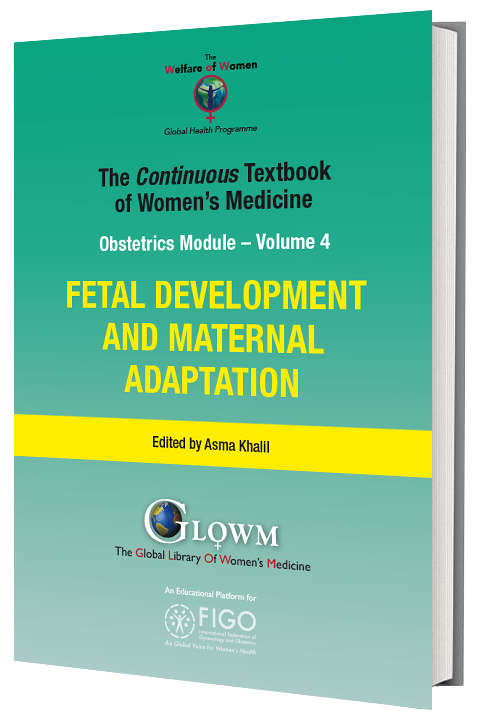

There is no known cure for asthma, but it is easily treatable. It may also be classified as atopic or non-atopic, where atopy refers to a predisposition toward developing a type 1 hypersensitivity reaction. Asthma is classified according to the frequency of symptoms, forced expiratory volume in one second (FEV1), and peak expiratory flow rate. Diagnosis is usually based on the pattern of symptoms, response to therapy over time, and spirometry lung function testing. Other potential triggers include medications such as aspirin and beta blockers. Environmental factors include exposure to air pollution and allergens. Īsthma is thought to be caused by a combination of genetic and environmental factors. Depending on the person, asthma symptoms may become worse at night or with exercise.

These may occur a few times a day or a few times per week. Symptoms include episodes of wheezing, coughing, chest tightness, and shortness of breath. It is characterized by variable and recurring symptoms, reversible airflow obstruction, and easily triggered bronchospasms. Gastroesophageal reflux disease (GERD), sinusitis, obstructive sleep apneaīased on symptoms, response to therapy, spirometry Īvoiding triggers, inhaled corticosteroids, salbutamol Īsthma is a long-term inflammatory disease of the airways of the lungs.

Recurring episodes of wheezing, coughing, chest tightness, shortness of breath Peak flow meters are used to measure the peak expiratory flow rate, important in both monitoring and diagnosing asthma.


 0 kommentar(er)
0 kommentar(er)
